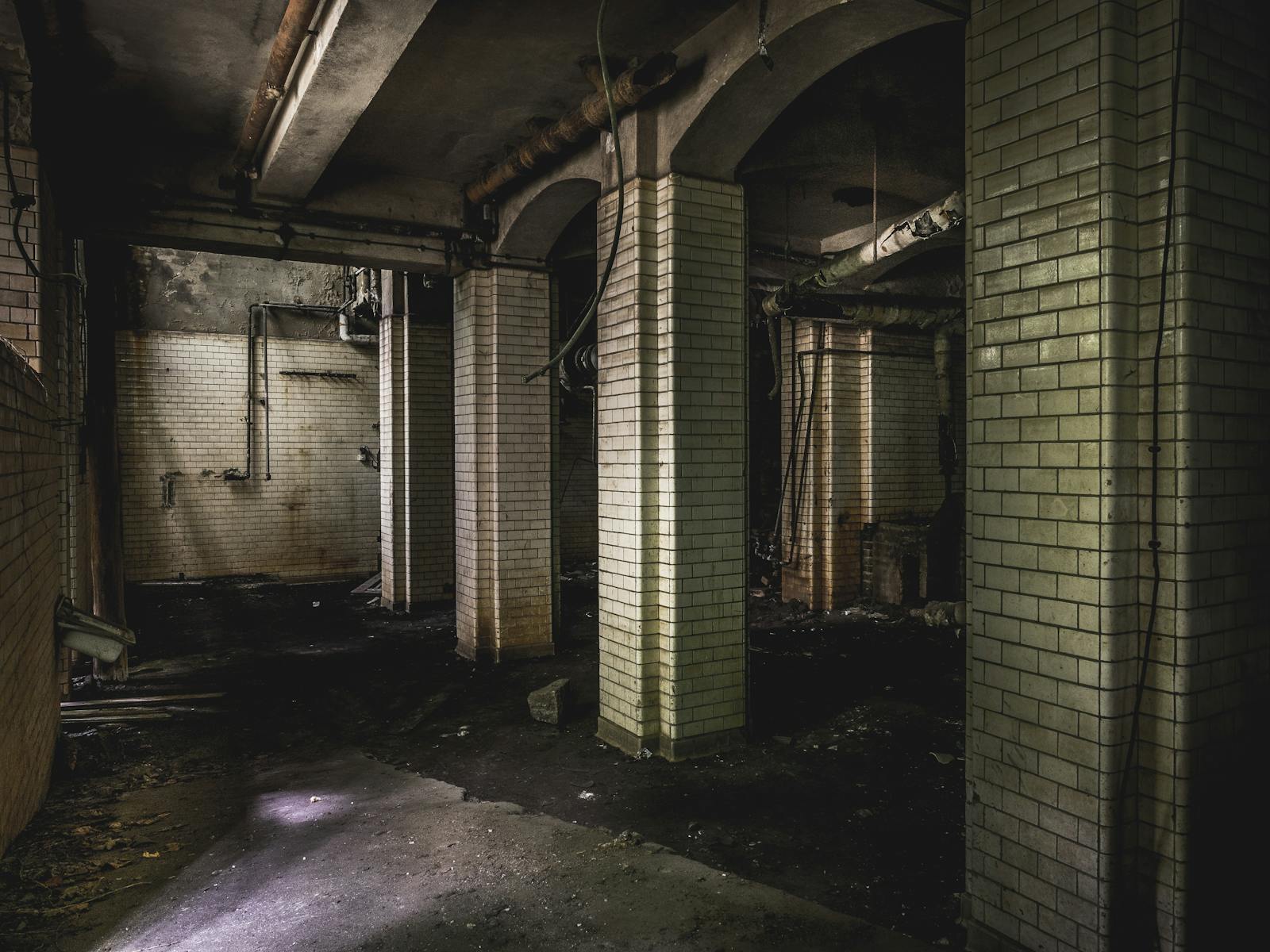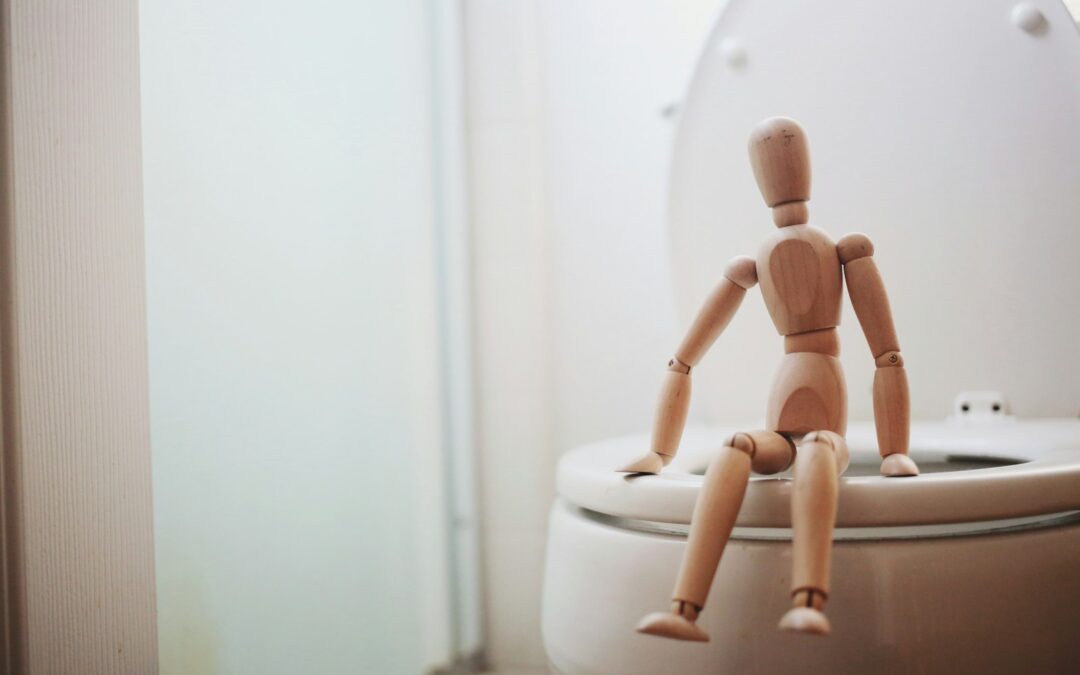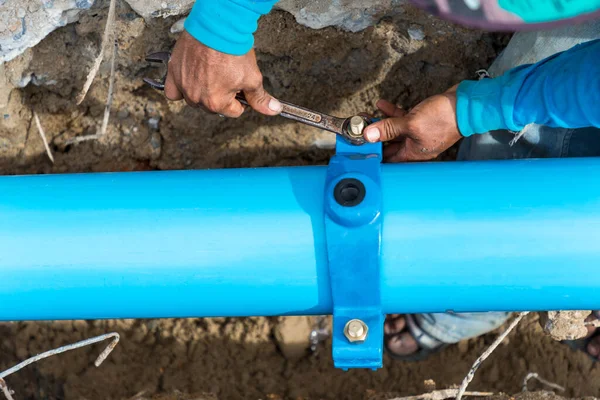Basement flooding can turn your cozy, functional lower level into a homeowner’s nightmare. Whether caused by heavy rain, a burst pipe, or inadequate drainage systems, basement water damage is not only expensive to repair but may lead to long-term structural harm and mold issues. Luckily, by understanding the common causes of basement flooding and implementing proper preventive measures, you can protect your home and investment.
This guide covers everything you need to know about preventing basement flooding, from identifying risk factors to the best solutions for keeping your basement dry year-round.

Schedule Service Online
Get a free estimate so you know what you're signing up for
"*" indicates required fields
For Emergency Services Call: 410-255-9300
Reasons to Keep Your Basement Dry and Flood-Free
Maintaining a dry and flood-free basement is essential for several important reasons that extend beyond just preserving your property’s structural integrity. Here are the key reasons why keeping your basement dry should be a top priority:
- Preventing Structural Damage: Water intrusion can severely compromise the foundation of your home. Over time, consistent exposure to moisture can weaken walls, cause cracks, and even lead to foundation shifting. Protecting your basement from flooding ensures the long-term stability of your property.
- Reducing Mold and Mildew Growth: Basements are dark and often have limited airflow, which makes them an ideal breeding ground for mold and mildew when moisture is present. These fungi not only damage surfaces but can also pose serious health risks, including respiratory issues and allergies.
- Preserving the Value of Your Home: A dry basement is a critical factor in maintaining and even increasing your home’s resale value. Potential buyers may be discouraged by signs of water damage, mold, or a compromised foundation, which could significantly reduce your property’s appeal and market value.
- Protecting Your Belongings: Basements are commonly used for storage, often housing sentimental items, important documents, or expensive equipment. Flooding can result in irreparable damage to these belongings, causing both emotional and financial loss. Preventative measures help safeguard your stored items and reduce stress.
- Avoiding Costly Repairs: Dealing with water damage and its aftermath can be incredibly expensive. From repairing foundation cracks to replacing ruined drywall and flooring, the costs can quickly add up. Proactively keeping your basement dry eliminates the need for these costly and disruptive repairs.
- Improving Indoor Air Quality: Excess moisture in your basement can lead to high humidity levels throughout your home, contributing to musty odors and exacerbating air quality issues. Keeping your basement dry ensures a healthier living environment for you and your family.
- Ensuring Operational Efficiency of Utilities: Many homes have essential utilities like furnaces, water heaters, and electrical systems in their basements. Flooding can damage these systems, disrupting everyday life and leading to expensive replacements or repairs.
By taking steps to prevent water damage in your basement, you are not only protecting your home but also prioritizing the health, safety, and happiness of everyone who lives there.
Why Does Basement Flooding Happen?
Before we explore the fixes, it’s important to understand why basements are prone to flooding. Here are some of the most common causes:
Heavy Rain and Hydrostatic Pressure: When the ground becomes saturated after heavy rain, hydrostatic pressure builds up against your home’s foundation walls and basement floor. This pressure forces water through hairline cracks in the concrete flooring or walls.
Improper Grading and Surface Water Runoff: A poorly graded landscape or pavement slope causes rainwater and melted snow to flow toward your home instead of away from it. This water runoff can pool near the exterior foundation walls, seeping inside.
Clogged Downspouts and Overflowing Gutters: When gutters overflow or downspouts are clogged, water may spill over the edge, pooling around the foundation and increasing the risk of leaks.
Municipal Storm Sewer Backups: During heavy rainfall, the municipal storm sewer system or sewer mains can overflow, pushing storm sewer water or sewage back into your home via the basement floor drain.
Tree Roots Invading Drain Pipes: Tree roots can invade and block drainage pipes or individual service lines, causing water to back up and flood the basement.
Burst Pipes or Washing Machine Supply Hoses: A burst pipe or failed washing machine supply hose can quickly lead to water damage, especially if undetected.
Older or Poorly Maintained Windows and Doors: Older basement windows with degraded glazing compounds or weakened seals can allow water to leak in during rainstorms.

Signs of Basement Flooding to Look Out For
Properly identifying the early warning signs of basement flooding can help you address potential issues before they escalate into significant problems. Here are the key indicators to watch for:
Musty Odors: A persistent damp or musty smell in the basement is often a sign of moisture buildup, which could be a precursor to flooding. These odors usually result from mold and mildew thriving in a moist environment.
Visible Water Stains: Water stains on walls, floors, or furniture in the basement are clear signs of past or present water intrusion. Keep an eye out for discoloration, as it could indicate ongoing leaks or seepage.
Cracks in Walls or Floors: Small cracks in the foundation walls or floors can allow water to seep into your basement. Over time, these cracks can widen, increasing the risk of significant water damage during heavy rainfall.
Peeling Paint or Wallpaper: If you notice paint bubbling, peeling, or wallpaper separating from the walls, it might signal hidden moisture caused by water infiltration.
Pooling Water or Puddles: The appearance of standing water or small puddles on your basement floor is a tell-tale sign of water ingress. Even minor pooling should not be ignored, as it often indicates a bigger problem, like a clogged drain or a leak.
Efflorescence on Walls: White, chalky residue forming on your basement walls is known as efflorescence. It occurs when water evaporates and leaves behind mineral deposits, signaling that moisture is penetrating through the foundation.
Mold or Mildew Growth: The presence of mold or mildew, especially in corners, baseboards, or areas with poor ventilation, is a clear indicator of excessive moisture that could lead to flooding.
Sump Pump Constantly Running: If your sump pump is frequently running, even during dry weather conditions, it could be a sign that groundwater levels around your home are high, often a precursor to basement flooding.
By routinely inspecting your basement for these signs, you can take action early to mitigate water damage and maintain a safe, dry environment.
The Best Strategies to Prevent Water Damage
1. Install a Sump Pump and Backup Systems
A sump pump is one of the most effective tools to prevent basement flooding, especially if your property is in a flood-prone area. It collects excess water from an under-floor drainage system and pumps it away from your home.
- Choose a reliable sump pump with a battery backup to ensure it continues working during power outages.
- Test your sump pump regularly to confirm it’s functioning properly.
2. Maintain Proper Drainage Systems
Ensure that your drainage system can effectively divert water away from your home:
- Downspout Distance: Extend downspouts at least eight feet away from the foundation to prevent water from pooling near your home.
- Perimeter Drain System or Foundation Drainage: These systems collect excess water around the base of your home and direct it away.
- Update Drainage Pipes to PVC pipes for better durability and performance.
- Check floor drains for blockages, including tree roots that might obstruct water flow.
3. Seal Cracks and Waterproof Your Basement
Hydrostatic pressure caused by subsurface groundwater often finds its way inside through weak areas like cracks or porous walls. Use these watertight options:
- Silicate-based Sealers to waterproof concrete walls and floors.
- Epoxy or Polyurethane Foam Injectors for sealing hairline or larger cracks in your foundation.
- Ensure older windows and frames are sealed with high-quality glazing compound.
4. Optimize Your Landscape and Pavement Slope
Proper grading around the house is essential. A slope of at least six inches over the first ten feet away from your foundation directs excess water outward. For large hills or uneven terrain, consult a civil engineer to design a proper landscape slope or water runoff system.
5. Install Backflow Preventers
A backflow preventer stops municipal storm sewer water from reversing into your home during heavy rain. These are particularly important in areas with frequent storm sewer backups. A licensed plumber can help install a backwater valve in your home’s sanitary sewer line.
6. Use Water Leak Detection Systems
Invest in a water leak detection system that alerts you to excess water or even shuts off the main water supply in case of a burst pipe. These systems can detect water near critical appliances like washing machines, water heaters, and floor drains across multiple locations.
7. Keep Gutters and Downspouts Clean
Clogged downspouts or overflowing gutters are often the culprits of basement flooding. Regularly clean them to prevent blockages. Installing gutter guards can reduce the frequency of cleaning and ensure consistent water flow.
8. Address Tree Root Risks
Tree roots searching for water can penetrate and clog your drainage pipes or sewer mains. Using a safe tree root killer (consult with an arborist for eco-friendly options) can help prevent this while preserving nearby trees.
The Drying Process and Proper Cleanup After a Flood
Despite your best efforts, floods can still happen. Rapid water removal and drying are crucial to minimize damage and prevent mold growth:
- Begin Water Removal Immediately using a wet vacuum, pump, or professional water damage restoration service.
- Start the Drying Process by using dehumidifiers and fans to dry the basement floor, walls, and furnishings as quickly as possible.
- If the flooding was sewage-related, hire professionals to disinfect and handle the partial removal of contaminated materials safely.
Additionally, contact your insurance company (e.g., State Farm or comparable providers) promptly for guidance on claims related to water damage.
Top Companies Providing Flood Insurance
If you’re looking for flood insurance to protect your property, here is a list of six reputable companies that offer comprehensive coverage. Each company combines solid customer service with reliable policies to help safeguard against flood-related damages:
State Farm
State Farm provides flood insurance underwritten by the National Flood Insurance Program (NFIP) and offers personalized services to help you find the policy best suited to your needs. Visit State Farm.
Allstate
Allstate offers flood insurance policies through the NFIP with the option to bundle with other insurance products for convenience and discounts. Visit Allstate.
Progressive
Progressive provides flood insurance policies through partnerships with the NFIP, delivering flexible coverage options and a fast claims process. Visit Progressive.
Nationwide
Known for its extensive coverage options, Nationwide offers flood insurance backed by the NFIP to help protect your home and belongings. Visit Nationwide.
USAA
USAA specializes in serving military members and their families, offering affordable flood insurance policies through the NFIP with excellent customer service. Visit USAA.
GEICO
GEICO partners with the NFIP to provide competitive flood insurance policies, ensuring you receive dependable protection for your property. Visit GEICO.
By researching these providers, you can find the right flood insurance to meet your specific needs and ensure peace of mind in the event of a flood.
Bonus Tips to Minimize Future Flood Risk
- Replace outdated washing machine supply hoses with steel-braided ones.
- Avoid planting trees with aggressive root systems near your home.
- Test your sump pump and backup system before the rainy season.
- Regularly inspect your exterior foundation walls for wear and tear or cracks.
- On clay-type soil or sandy soil, speak with a contractor to use appropriate base material when landscaping or updating foundations.
The Role of Professionals Like MD Sewer and Plumbing in Basement Flooding Repair
Depending on the severity of the flood, professional restoration services might be necessary. These services offer expertise in handling complex cleanup and repair tasks, ensuring thorough water damage restoration.
Professional services are particularly advantageous when dealing with sewage or significant structural damage. Their experience with safety protocols and advanced equipment can expedite the restoration process, making your home inhabitable sooner.
Contact MD Sewer and Plumbing Services for all your plumbing needs!

Securing Your Basement and Peace of Mind
Avoid the financial and emotional toll of dealing with a flooded basement by taking proactive measures today. From installing a sump pump to waterproofing your foundation and optimizing drainage, the steps outlined above can significantly reduce your risk of basement flooding.
Remember, whether you’re a homeowner, new real estate investor, or simply upgrading your current property, setting up preventive measures is a long-term investment in safeguarding your space.
Need more guidance? Don’t hesitate to reach out to professional waterproofing contractors or plumbing experts to tackle high-risk areas around your home.



